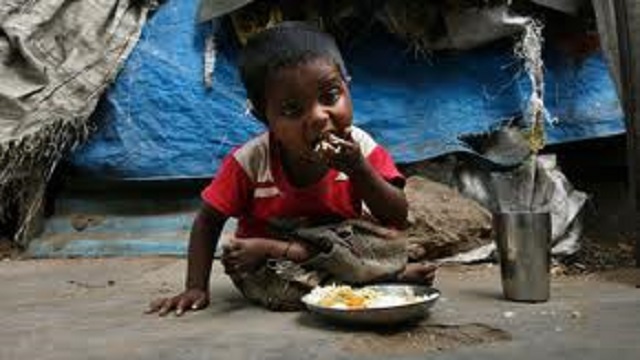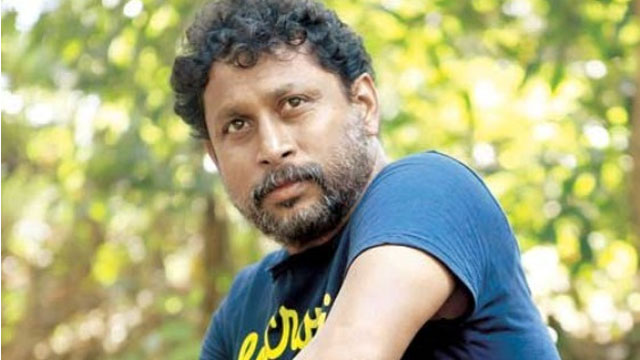The study suggests that the traditional separation of relief and development efforts is not working for India.
When the Global Hunger Index was released worldwide on Monday, Indian hunger had a smirk on its face despite the ambitious food security scheme thrusted down the Indian poor.
India has moved just two notches up, from 65 to 63, in GHI. The score for the country improved slightly from 22.9 in 2012 to 21.3 this year.
This may be a reason for the Indian policy makers to celebrate, but the problem remains the same. It is to be noted that within SAARC countries, India continues to trail behind Pakistan and Bangladesh on the index.
Forty percent of Indian children under five continue to battle malnourishment – one of the three criteria that the index is built on – which further dampens our reason to cheer for the slight budge.
The level of hunger in India remained at ‘alarming levels’, the report read, noting that it is one of the three countries outside Sub-saharan Africa to fall in this category.
“Social inequality and the low nutritional, educational, and social status of women are major causes of child under-nutrition in this [South Asian] region,” the report notes.
The other two are Haiti and Timor-Leste.
The study blames social inequality and the low nutritional, educational, and social status of women as factors that contribute to the high prevalence of malnutrition in children below the age of five.
The study notes that poor people are worst affected from natural and man-made disasters. In addition, most of the countries (including India) in the fourth quadrant are perennially vulnerable to floods and droughts.
The study suggests that the traditional separation of relief and development efforts is not working for India.
In comparison to India, other emerging economies with high growth trajectories have done a much better job at pulling people out of hunger, the report showed.
China improved its ranking by 57.69 per cent between 1990-2012, while India showed 34 per cent improvement for the same period.
Brazil, in comparison, had a much better score to begin with and by 2012 entered the select block of nations doing the best to fight hunger.
Countries that have achieved the highest progress on this front included Venezuela, Mexico, Cuba, Ghana, Thailand and Vietnam – all achieving more than 55% increase in their GHI score.
Also, India doesn’t figure in the improved category list. “In terms of absolute progress, the top ten countries in terms of improvements in GHI scores since 1990 were Angola, Bangladesh, Cambodia, Ethiopia, Ghana, Malawi, Niger, Rwanda, Thailand, and Vietnam,” the report reveals.
“Bangladesh, Cambodia, Thailand, and Vietnam saw the largest improvements among Asian countries with decreases in their scores ranging between 15 and 23 points,” the study shows. South Asia has the highest regional GHI score, followed by Africa south of the Sahara while Burundi, Eritrea and Comoros have the highest levels of hunger.
GHI 2013 report is released by international think-tank International Food Policy Research Institute (IFPRI). Currently, in its eighth edition, the think tank releases the GHI reports annually.
The GHI score is calculated based on three counts: the proportion of people who are undernourished, the proportion of children under five who are underweight, and the mortality rate of children below the age group five.





